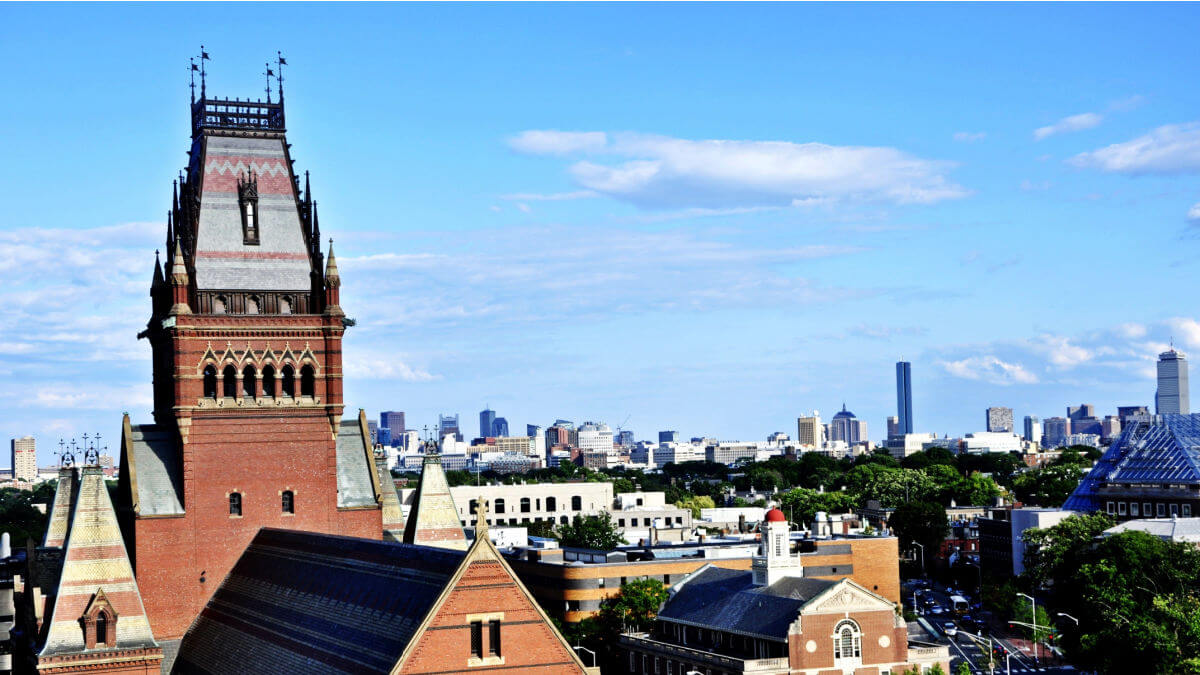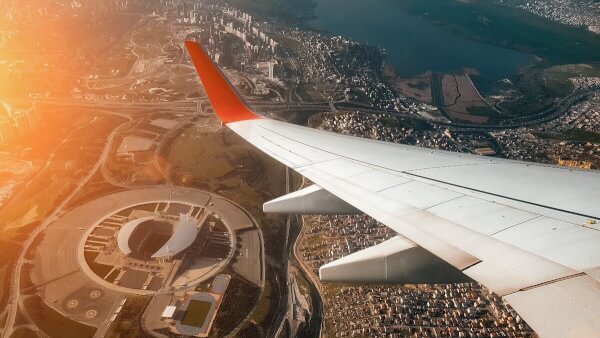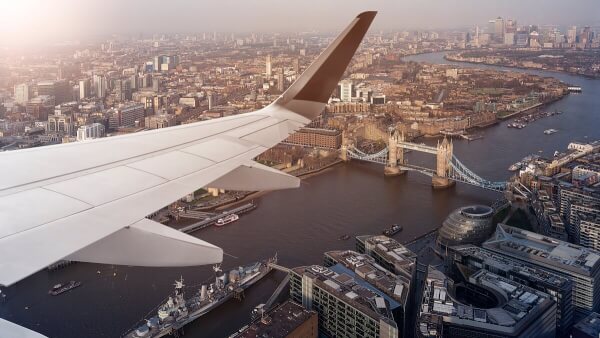How to get an au pair visa for Italy: UK guide
Read our guide on how to get an au pair visa for Italy, including the main requirements and what to do after arriving.

Thinking of moving to the US to study from the UK? Before you make the trip, you’re going to need to get some paperwork sorted.
If you’ve set your heart on earning your qualifications in the US, but have no idea where to start with getting a visa, read on.
We’ve put together a guide to the US Student Visa, covering everything you need to know. This includes fees, required documents, processing times and a step-by-step guide to the application process.
And if you’re looking for a cost-effective way to manage your money as an international student, then a Wise account will be your best friend. You can manage multiple currencies at once, including US dollars.
Plus, you can get a Wise international debit card, to start spending like a local from the moment you arrive in the US.
Please see the Terms of Use for your region or visit Wise fees & pricing for the most up-to-date information on pricing and fees.
Firstly, let’s have a rundown of exactly what a US Student Visa is.
The US Student Visa allows foreign nationals to pursue an education in the US at an accredited academic institution. It remains valid for the length of the course.
In order to be eligible for this visa, you must be enrolled in a program or course that results in a degree, diploma or certificate. Plus, your school must be authorised by the US government to accept international students.¹
The US Student Visa comes in two types, specifically for higher education students.
The F-1 visa is tailored for academic students, allowing you to enter the US as a full-time student.
With this visa, you can study at your choice of accredited college or university, seminary, conservatory, academic high school, elementary school, or other academic institution or in a language training program.
The F-1 visa allows for free travel across the US and abroad without worry of losing your status. However, as it is a non-immigrant visa you’ll need to prove your intention to leave the US once it expires.
You can also work on this visa, if you have the time. You must be enrolled in education full-time, but the visa allows for up to 20 hours of work per week.²
The M-1 visa is designed for vocational studies. In other words, studies that are not academic in nature.
M-1 visa holders cannot apply for academic courses, nor can they seek employment in the US. In most cases, the visa is valid for one year.
Some things you can do on this visa are open a US bank account, get a US driving licence, and access healthcare.
Things you cannot do are change schools or programs after six months of arriving in the US, enrol in degree-bearing education, or enrol in technical courses.³
In order to be eligible for either the F-1 or M-1, you’ll need to meet the following US student visa requirements:¹
The list of documentation required is slightly different between the two visas. Let’s take a look at each in turn.
After the interview is complete and providing it was successful, the average US student visa processing time is between 7-10 working days.
At least a further 2-3 work days should be allowed for delivery.⁴
With the F1 student visa, working hours are restricted to no more than 20 hours per week. It only allows for work on campus. If you would like to do work off-campus you'll have to get the university’s permission.²
Now it’s time to talk fees, and things get a bit pricey at this stage.
The DS-160 form comes with a $160 fee, and a separate SEVIS I-901 fee of $350. The full fee for the F1 visa application then is $510.⁵
The DS-160 fee is the same for the M1 visa, but with a slightly smaller fee of $330 for the SEVIS I-901. This brings the overall fee to $490.⁶
Need an easy, affordable way to pay visa fees in USD? Open a Wise account, and you can get a Wise card. It’s ideal for spending in multiple currencies, including online. So you can use it to pay your visa fee in USD for low fees and fair exchange rates.
Please see the Terms of Use for your region or visit Wise fees & pricing for the most up-to-date information on pricing and fees.
If you’re ready to apply for your visa, here’s a step-by-step guide to the process.
It’s important to note that before you think about a US visa, you’ll need confirmation of enrolment from a SEVP-approved organisation. With that in hand, let’s continue:⁷
The process for earning a US student visa is not a difficult one. However, it can be a long-winded experience, requiring some patience.
As it starts with earning your place at the university (which is already a lengthy process) and requires a lot of forms after that, there are a lot of steps to consider.⁸
The student visa expires when the course ends. International students are allowed to remain in the US for 60 days after the graduation date, so they can wrap up affairs in their American lives before returning home.⁹
You’ll only need to renew your visa if you plan on returning home and then returning to the States.
You’ll need to renew your visa from your home country by scheduling an appointment with the embassy or consulate.¹⁰
You can’t necessarily change a student visa into a work visa, as you must have a job lined up before you can apply for the work visa.
This must be done within the 60 days after graduation, so it’s recommended to job hunt before graduation.
And with that, all the bases have been covered. For any further help needed for life in the land of liberty, check out how to manage the cost of living in the USA and how to get an American SIM card.
Sources used:
Sources last checked on date: 22-May-2023
*Please see terms of use and product availability for your region or visit Wise fees and pricing for the most up to date pricing and fee information.
This publication is provided for general information purposes and does not constitute legal, tax or other professional advice from Wise Payments Limited or its subsidiaries and its affiliates, and it is not intended as a substitute for obtaining advice from a financial advisor or any other professional.
We make no representations, warranties or guarantees, whether expressed or implied, that the content in the publication is accurate, complete or up to date.

Read our guide on how to get an au pair visa for Italy, including the main requirements and what to do after arriving.

Read our guide on how to get an au pair visa for Spain, including the main requirements and what to do after arriving.

Read our guide on how to get an au pair visa for France, including the main requirements and what to do after arriving.

Can international students open an ISA account in the UK? Find out in our handy guide, including tips on the best ISAs currently available.

Can you get a good deal on Turkish Airlines flights while you study? Learn about the Turkish Airlines student discount and how it works.

Looking for a good deal on British Airways flights while you study? We'll explore if British Airways offers student discount and share our budget-friendly tips.